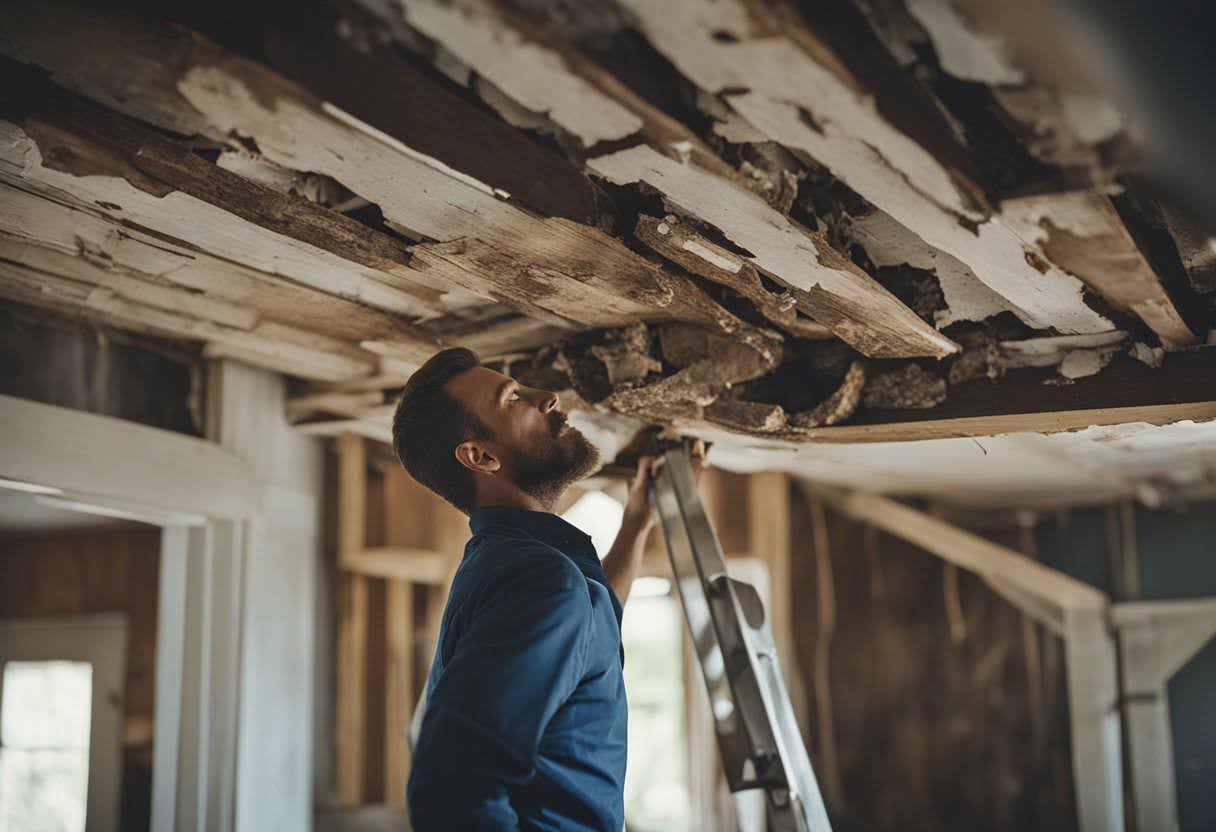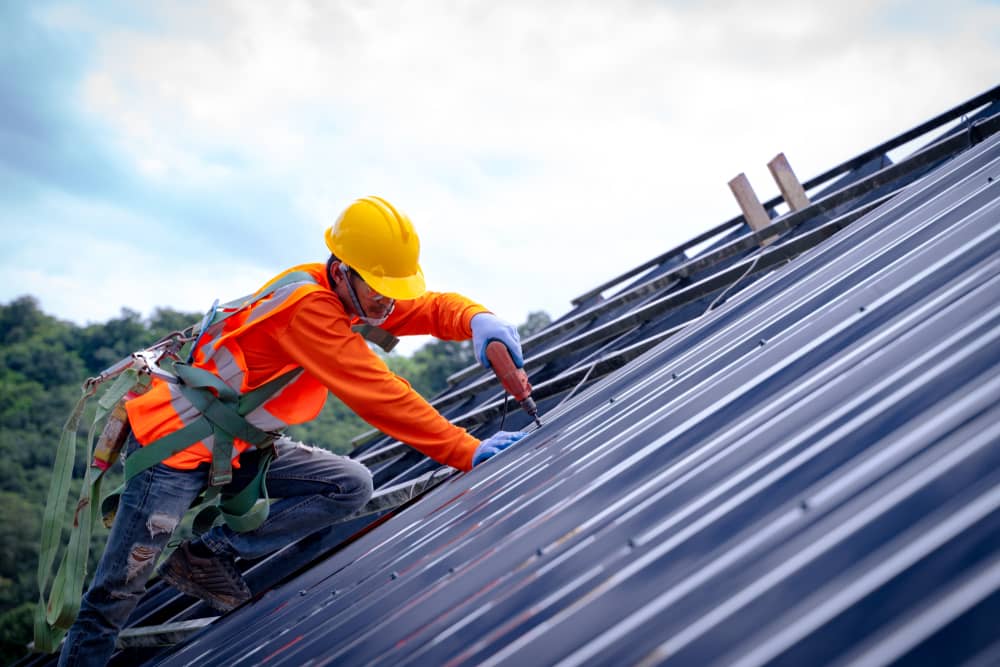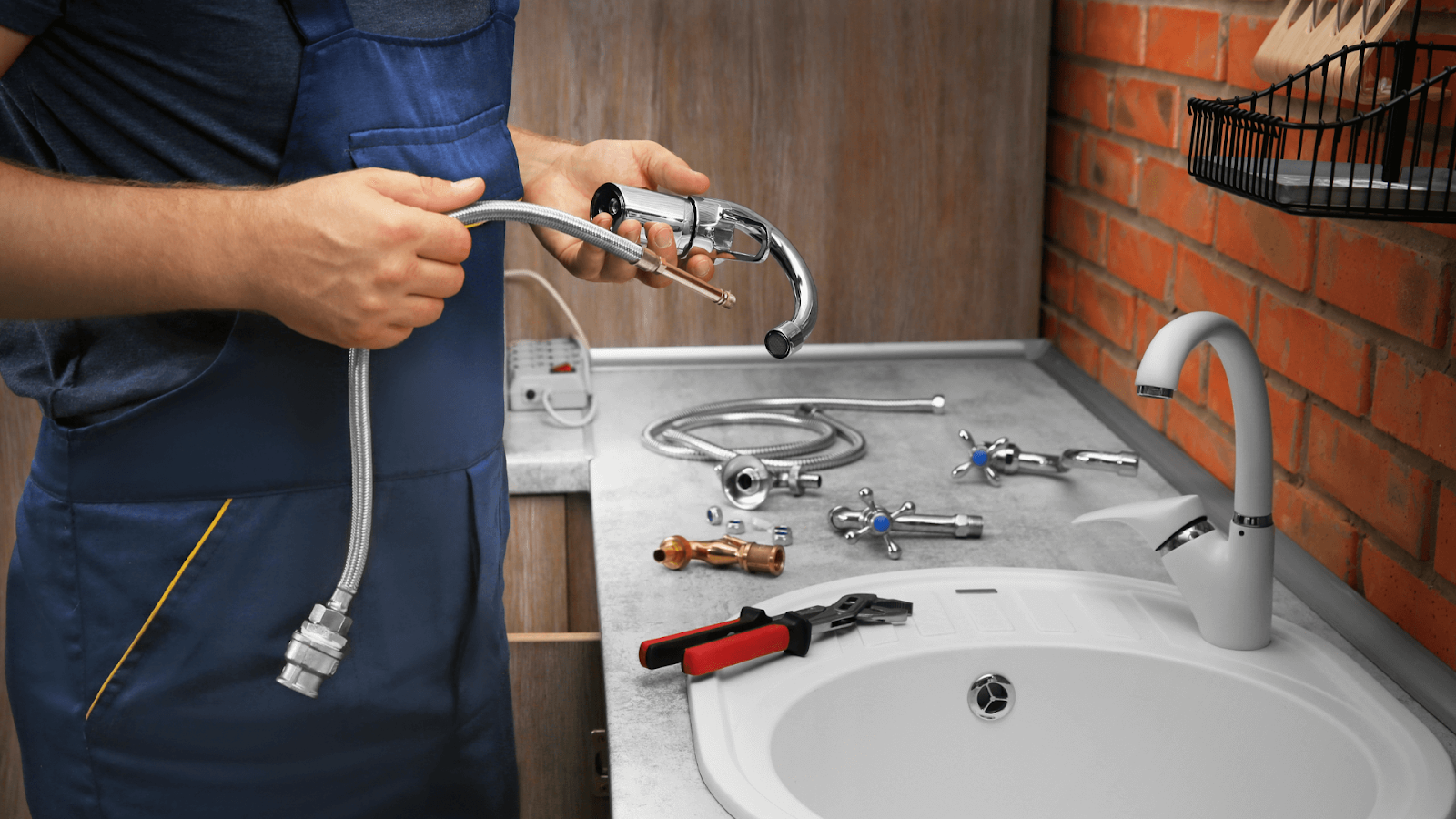Any building, whether residential or commercial, is susceptible to the dangerous problem of dry rot. This kind of wood degradation is brought on by fungi that like damp conditions. Dry rot has the potential to seriously harm a building’s structure and compromise its integrity if it is not controlled. Early detection of the symptoms is essential in order to prevent irreversible damage. This post will discuss when it’s time to think about dry rot damage restoration for your building and why it’s critical to take immediate action.
Recognizing Dry Rot and Its Origins
Serpula lacrymans is a particular kind of fungus that feeds on the cellulose in wood and causes dry rot, a sort of deterioration. It grows best in moist, poorly ventilated spaces where wood constructions can become saturated by dampness. The wood becomes brittle as a result of the fungus’s ability to break down its fibers. The wood may collapse and break as it ages, which could cause structural problems. The first step in stopping dry rot from getting worse is figuring out what causes it.
Early Signs That Dry Rot Damage Repair Is Needed
One of the most important factors in preventing extensive damage from dry rot is early detection. Look for symptoms such as soft or spongy wood, particularly around areas where moisture is present, like basements or attics. Another key indicator is a musty smell that often accompanies fungal growth. If you notice any discoloration or shrinkage of wood, dry rot may already be present. Even if the signs are subtle, it’s best to have the area inspected by a professional to confirm whether dry rot repair is necessary.
The Risks of Ignoring Dry Rot Damage
Ignoring dry rot damage can lead to severe consequences. As the fungus continues to spread, it will weaken the structural integrity of your building. Over time, this can lead to sagging floors, damaged beams, and even the collapse of walls or ceilings. Furthermore, dry rot can spread rapidly, affecting neighboring areas of wood. What begins as a small issue could quickly escalate into a much more expensive and extensive repair job. Timely dry rot damage repair is crucial to avoid these risks and keep your building safe.
When to Call a Professional for Dry Rot Damage Repair
If you notice signs of dry rot in your building, it’s time to call in a professional. While minor cases of dry rot can sometimes be managed with DIY methods, a professional repair service will ensure that the problem is thoroughly addressed. Experts will inspect the extent of the damage, determine the cause of the moisture, and implement the appropriate repair strategies. This may involve removing the affected wood, treating the area with fungicides, and replacing damaged sections with more durable materials. Relying on a professional ensures that the repair work is done correctly and prevents future damage.
Conclusion
Dry rot is a persistent and destructive issue that requires immediate attention once detected. By recognizing the signs early, calling in professionals when needed, and implementing moisture control measures, you can prevent further damage and ensure your building remains safe and secure. Prioritizing dry rot damage repair not only saves money in the long run but also protects the structural integrity and longevity of your property. If you suspect dry rot in your building, don’t delay—address the issue as soon as possible to avoid costly repairs and ensure the safety of everyone inside.




